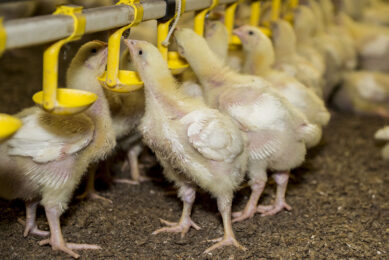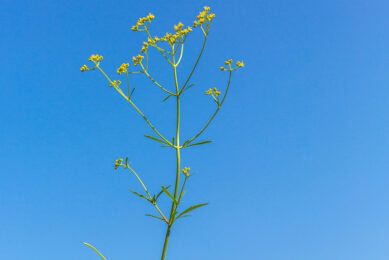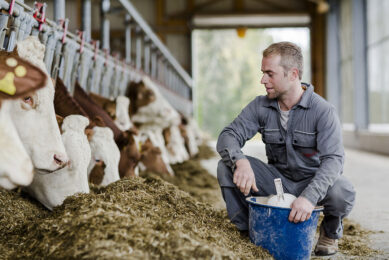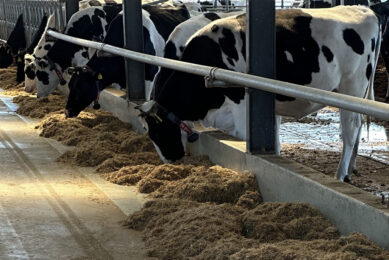Heat stress kicks in at 21°C
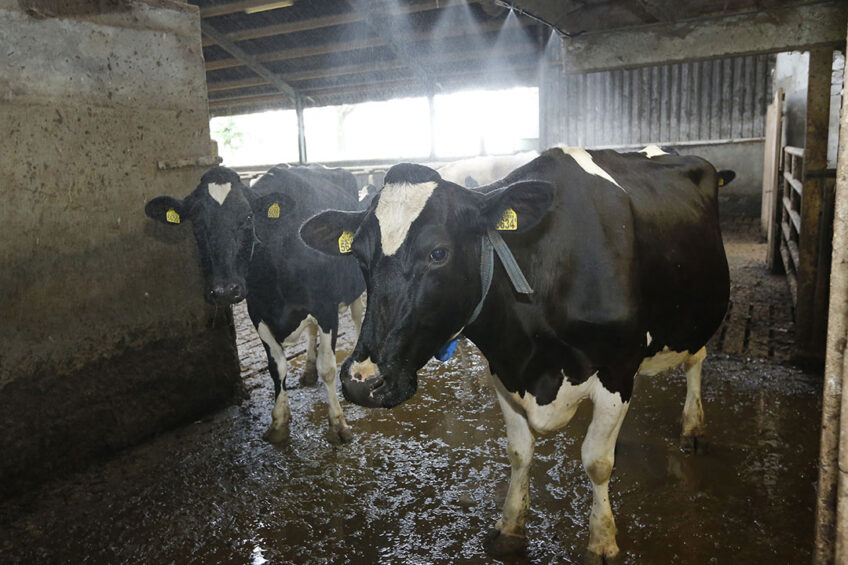
Some parts of the world, especially moderate climates, heat up more than others as a consequence of climate change. High humidity in combination with increasing temperatures are harmful to livestock. Experts recommend a combination of good roof insulation and ventilation to prevent heat stress in dairy cows.
Heat stress is caused by a combination of high humidity and high temperatures. This combination causes stress moments in cattle and has a negative impact on their health and performance.
What is the optimal ambient temperature for dairy cows?
According to Martin Westerbeek, Director of the Dutch dairy cow barn builder Schrijver, the optimal ambient temperature for dairy cows is between -5° and 18°C. Calves are most comfortable at a temperature between 15 and 20°C.
Lessons learned during heat waves
In recent years Central Europe has been hit by multiple heat waves, with temperatures rising above 40°C. Westerbeek: “We learned many lessons from those extremely warm periods as barn builders. We also paid particular attention to heat stress in veal calf production and cubicle housing.” For calves, the combination of high temperatures in combination with high ammonia concentrations is particularly harmful.
Recognising heat stress signs
When the temperature rises to 21°C and higher, and this applies worldwide, livestock farmers must be extra alert to dairy cows and calves. Cows actually give signals when they are experiencing heat stress.
Drinking more
“Just like people, the most striking sign is that they start drinking more water. They also start to sweat more and breathing rate is elevated. This natural cooling system ensures that the cow loses a lot of moisture, which in turn can lead to rumen acidosis” says Westerbeek.
More time standing and restless
Another symptom of heat stress is that cows spend more time standing and are restless. Standing cows can lose their heat much more easily.
Cooled barns
According to Westerbeek, farmers in the North-West of Europe are increasingly moving towards closed barns that are cooled. In Germany he regularly sees ventilation in dairy barns. “In that respect, I think that the dairy sector is increasingly following pig farming. So closed houses that are well insulated and ventilated.”
Insulated roof
What is crucial with regard to the prevention of heat stress is a well insulated roof, with at least 40 mm of insulation. For stables that lack insulation, extra ventilation is critical. “Additional ventilation is a must in these types of stables, otherwise it will become a greenhouse.” Stables in which air is circulated in the barn itself make no sense at all, according to Westerbeek. From experience he can say that the ventilation system must be positioned in such a way that the ventilation air must always flow along the side of the cow (not perpendicular to the cow).
Figure 1 – Heat stress index.

Air drying is an option
A cow that produces 32 kg of milk also produces 48% more heat than a dry cow. This percentage is even higher for cows with a higher production rate. An index combining temperature and relative humidity shows the lines along where light stress, moderate stress, severe stress and deadly stress arises (Figure 1). An ambient temperature of 30°C with a relative humidity of 80% causes serious stress. A high-yielding cow is more susceptible to heat stress than a cow that is further into lactation. Heat stress is mainly expressed by reduced feed intake, a lower milk yield and udder and claw problems (due to standing longer).
As heat stress is amplified with an increase in high humidity Westerbeek is thinking outside of the box. “You could lower the relative humidity in stables by air drying. So far I have not seen this being used much, but that can change of course. Especially in very humid circumstances or rain, this would be a great option to improve the stable climate.” On the other hand, there are also dairy farmers who use misting systems to make the barn climate more pleasant during extreme summers, but according to Westerbeek that does work fine with low ambient humidity, but it would be wise to continuously measure the relative humidity in the barn.




